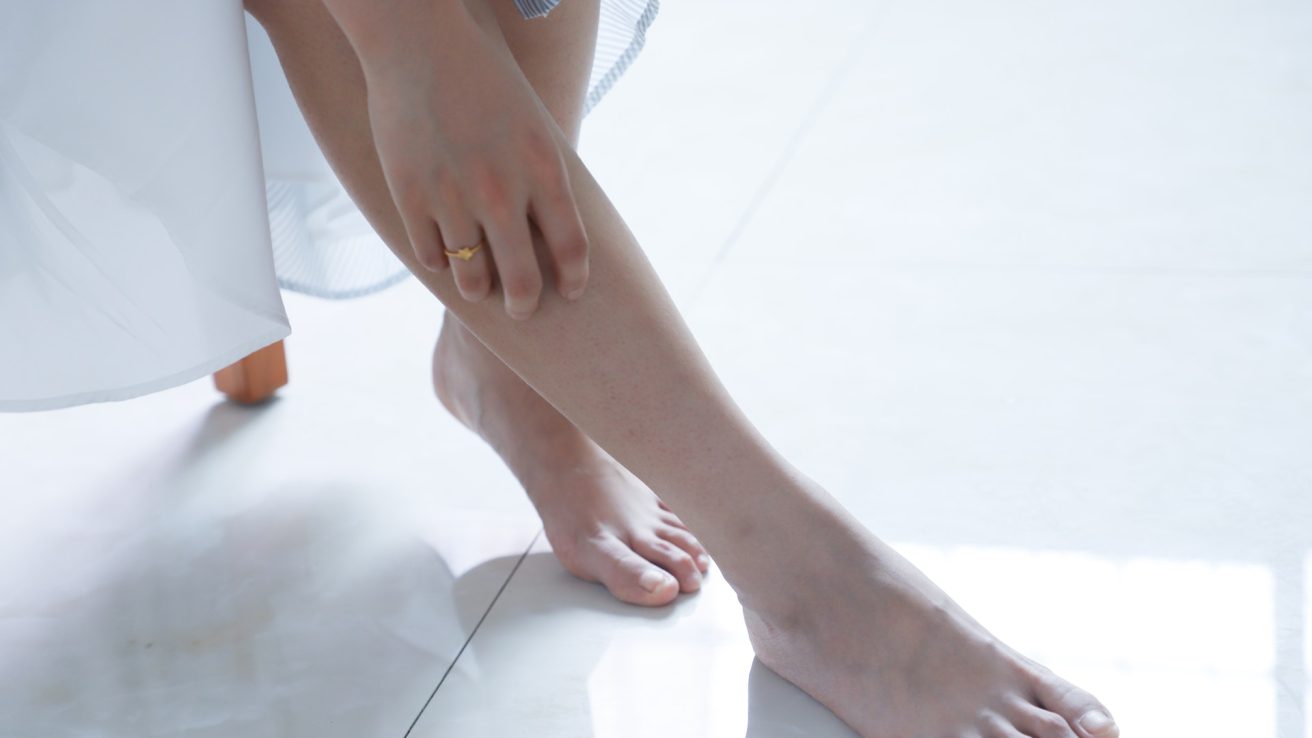Amniotic fluid gel effectively treats diabetic foot ulcers and can significantly reduce the associated complications. Therefore, the study suggests promoting the use of such effective and available materials to treat diabetic foot ulcers and prevent amputation.
Diabetes is a major health problem worldwide, with an estimated 6.4% of adults affected currently, and this number is expected to reach 17.7% by 2030. Among the many complications associated with diabetes, foot ulcers are particularly common and can lead to hospitalization, amputation, and even mortality. Men and those with type 2 diabetes are at higher risk of developing foot ulcers. The global prevalence of diabetic foot ulcers is 6.6%.
Preventing foot ulcers and amputations is crucial to improving the quality of life of diabetic patients and reducing healthcare costs. Proper glycemic control, antibiotic therapy, debridement of necrotic tissue, and pressure-relieving strategies are common treatments for diabetic foot ulcers. Regenerative medicine is an emerging field that focuses on replacing or regenerating human cells, tissues, or organs to restore normal function. Recent studies have shown that amniotic fluid (AF) contains stem cells and factors involved in wound healing. Transforming growth factor, platelet-derived growth factor, and fibroblast growth factor found in human amniotic fluid stimulate cutaneous fibroblast proliferation, while the innate immune system components in AF have potent antimicrobial properties against bacteria, fungi, protozoa, and viruses. In vitro studies have shown that AF enhances collagenase activity but inhibits the activity of cathepsin, elastase, and hyaluronic acid.
A study published in the journal Frontiers in Public Health was conducted to evaluate the impact of amniotic fluid on the healing of diabetic foot ulcers. The study found that gel formulations of AF, administered in varying concentrations, significantly impact the grading of diabetic foot ulcers.
The Potential Benefits of Amniotic Fluid for Wound Healing
Amniotic fluid is rich in growth factors, cytokines, and extracellular matrix components, which can promote healing and reduce inflammation. Studies have shown that amniotic fluid can enhance wound healing in various types of wounds, including diabetic foot ulcers.
Three Concentrations of Amniotic Fluid Were Used
The clinical study involved pregnant women who underwent sterile amniocentesis under ultrasound guidance to obtain amniotic fluid. The AF was centrifuged, and gel formulations were prepared using different percentages of AF. Patients with diabetic foot ulcers were assigned to four groups: placebo, 5% AF gel, 10% AF gel, and 15% AF gel. The gel was applied to the wound, and the dressing was changed every 24 hours.
Significant Effect of Time on Patient Results in Clinical Trial
The final analysis was performed on data obtained from 83 patients. Based on the findings of a statistical analysis technique known as generalized estimating equations (GEE), there was a significant effect of time on the results. This was reflected by an upward trend in mean scores for the placebo group, Group 5%, and Group 10%. However, Group 15% showed a unique trend with the highest mean score in the fourth week followed by a decline. Moreover, when comparing the different groups, only Group 5% showed a significant difference compared to the control group, while Groups 10% and 15% did not
Significant Effect of AF Gel on Wound Healing
Amniotic fluid gel at varying concentrations significantly affects the grade of diabetic foot ulcers. The effect of time was also significant, indicating an upward trend in the mean scores in all four groups, with the highest mean score in the 15% group during the fourth week.
Positive Outcomes Across Different Parameters
The study’s findings show positive outcomes across different parameters, including wound color, tissue surrounding the wound, wound discharge, and overall wound status. The results suggest that the AF gel can potentially treat diabetic foot ulcers effectively. Even the 5% group demonstrated a significant difference from the control group.
Potential for Amniotic Fluid Gel to Become a Viable Treatment Option
The significant findings of this study indicate that amniotic fluid gel has the potential to become a viable treatment option for diabetic foot ulcers. The promising results show that AF gel can significantly improve the wound healing process, providing hope for individuals suffering from this debilitating condition.
Source:
Niami, F., Molavynejad, S., Hemmati, A. A., Bijan Nejad, D., Yazdanpanah, L., Maram, N. S., Saki Malehi, A., & Mahmoudi, M. (2022). Evaluation of the effect of a gel made with amniotic fluid formulation on the healing of diabetic foot ulcers: A triple-blind clinical trial. Front Public Health, 10, 1025391. https://doi.org/10.3389/fpubh.2022.1025391









